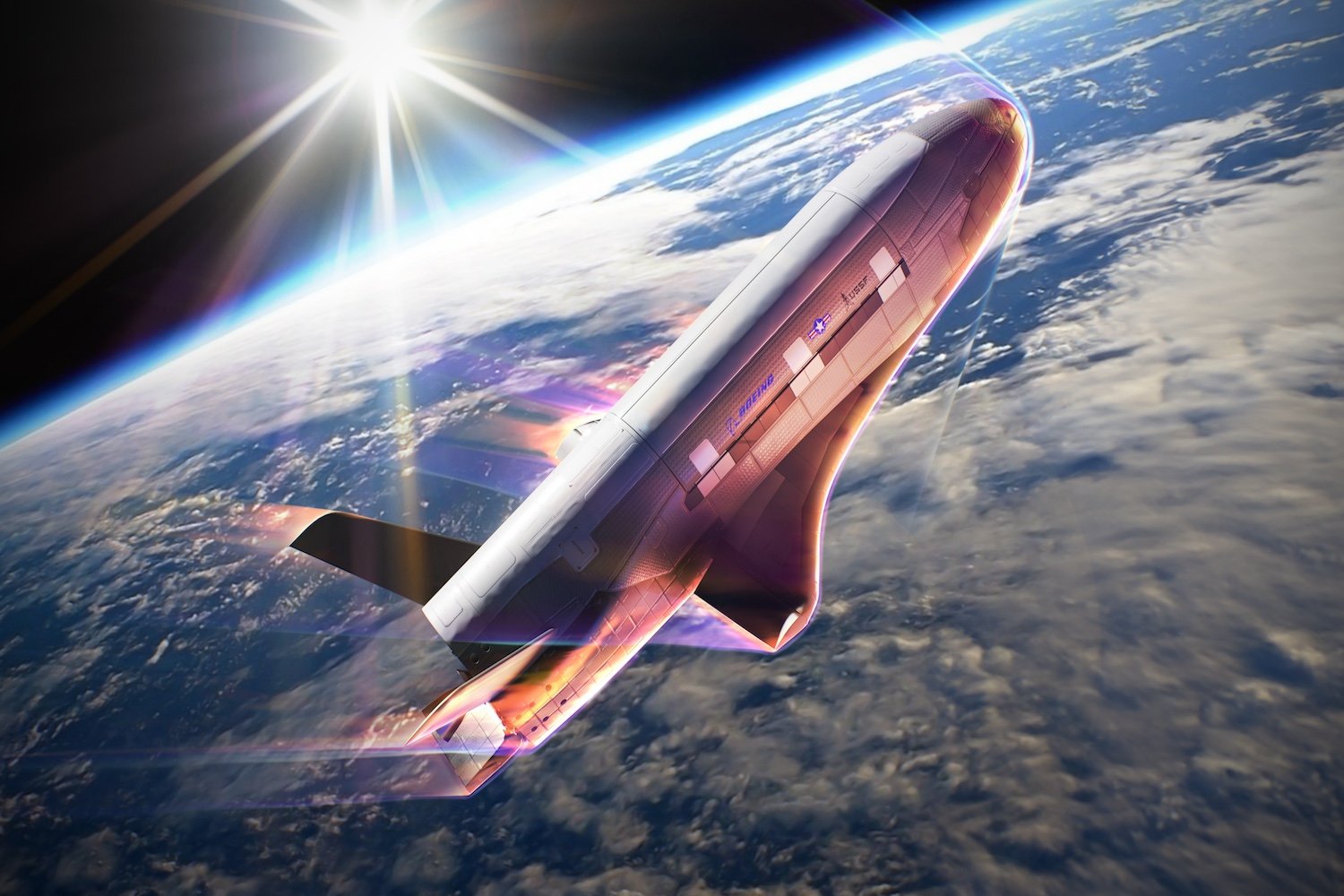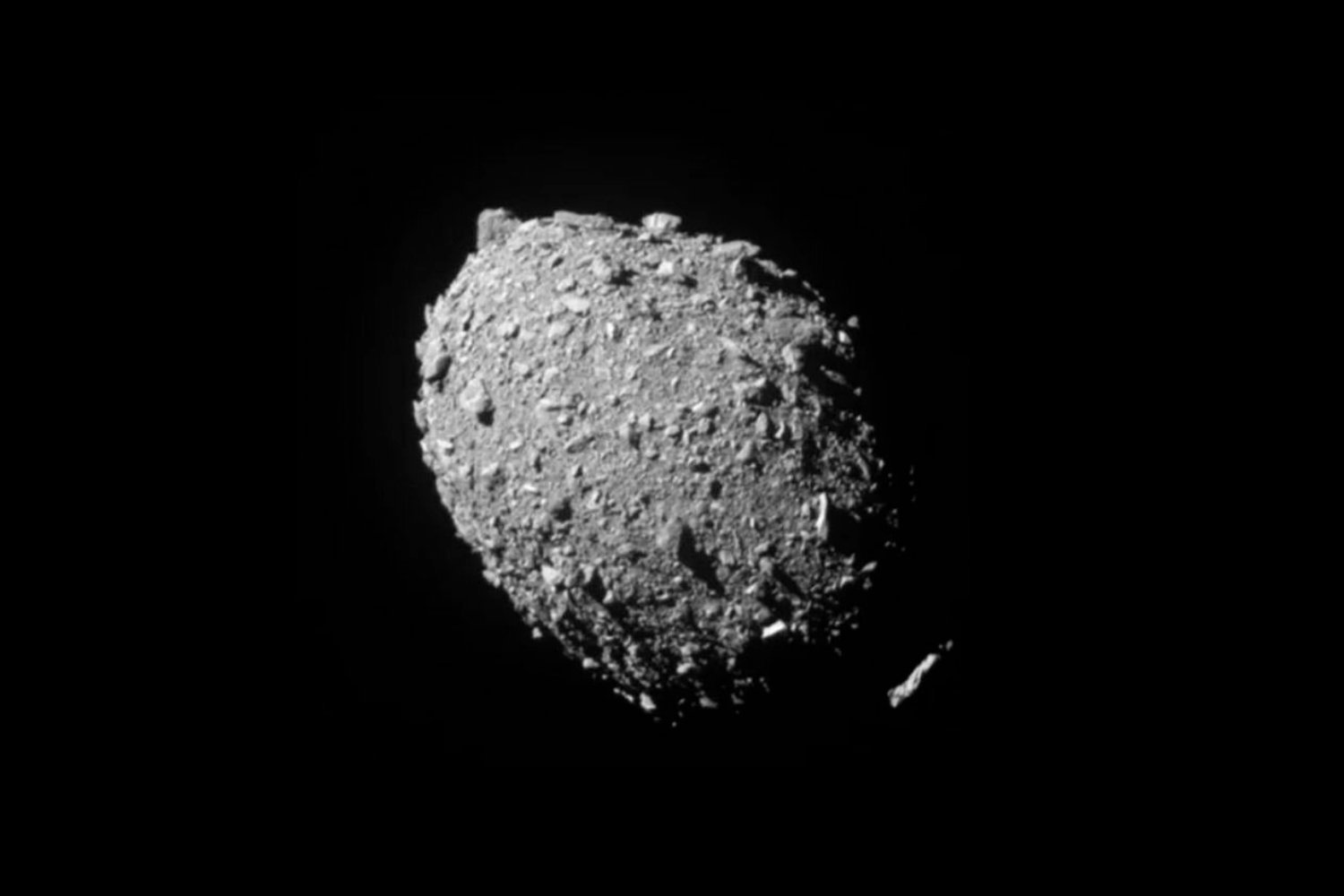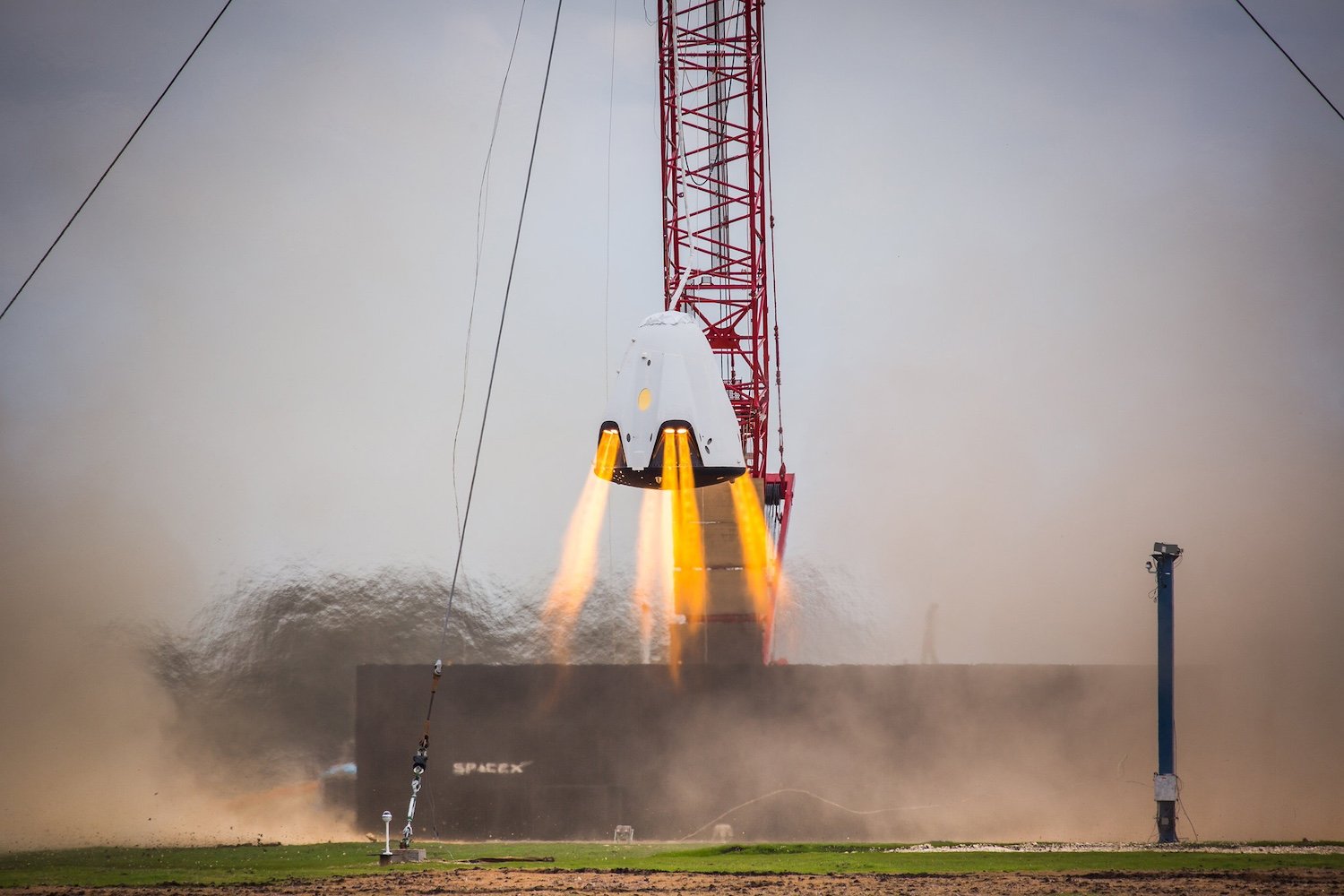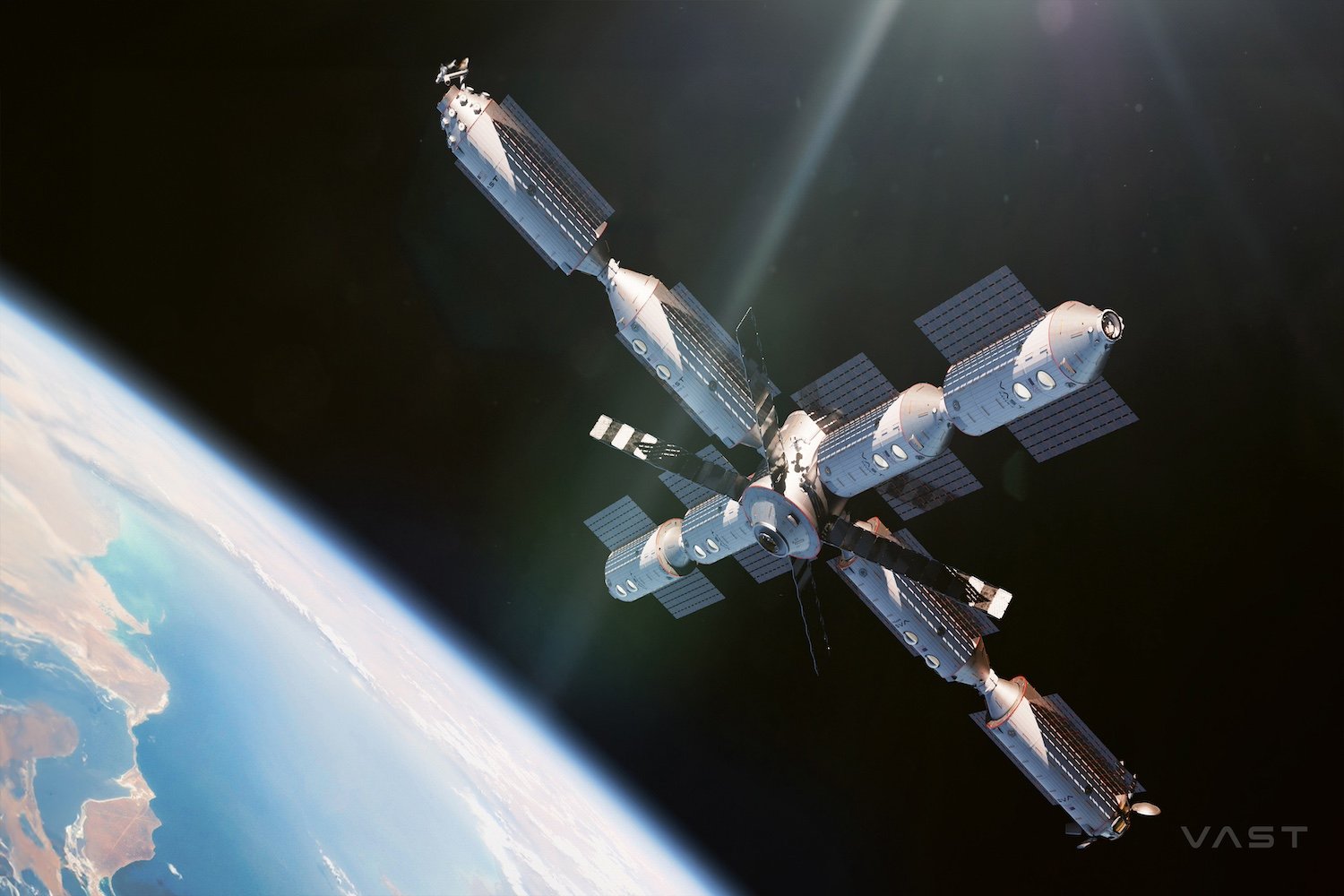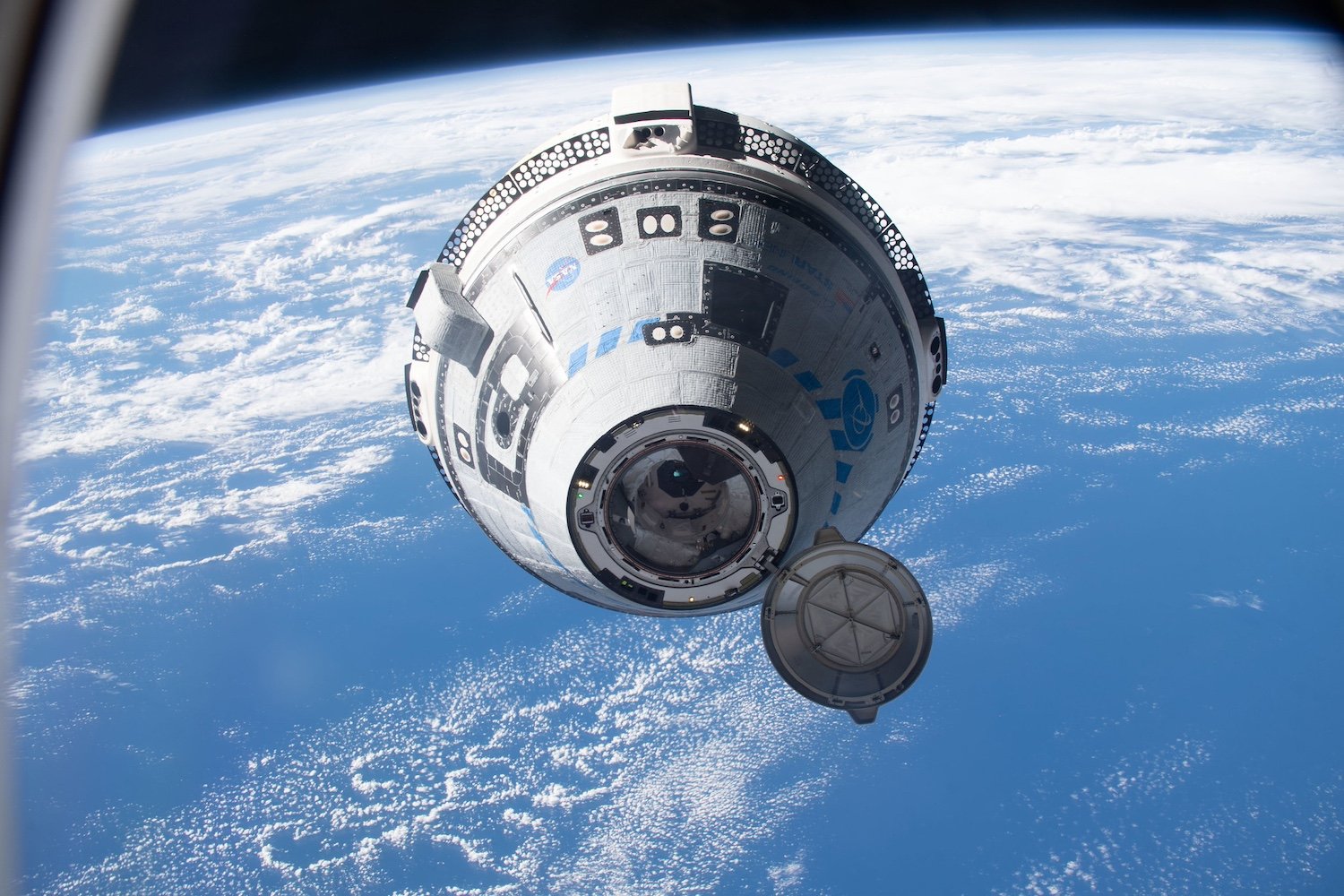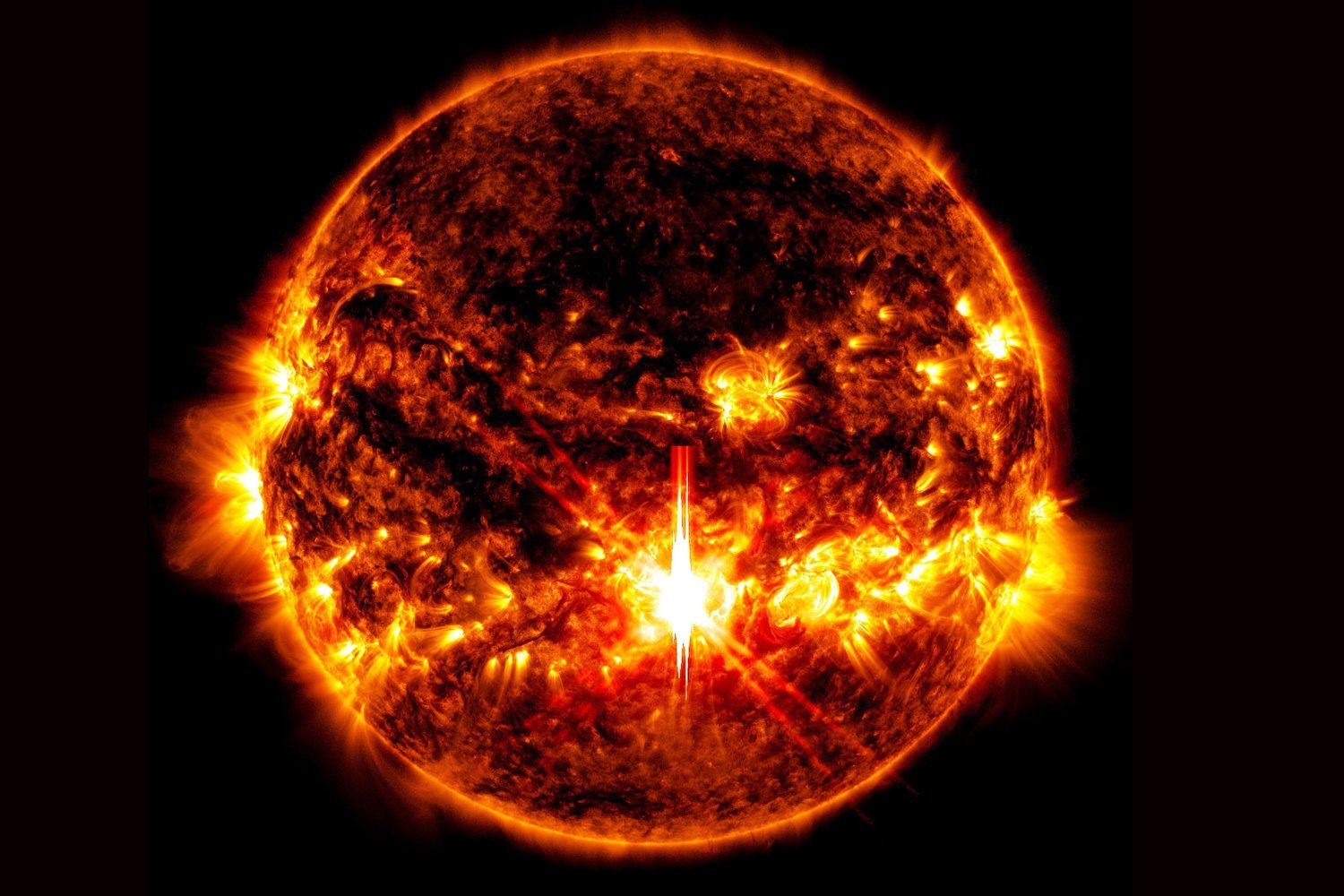The U.S. Space Force’s X-37B spaceplane, currently on its seventh mission, is embarking on a pioneering orbital maneuver known as aerobraking. After spending over ten months in orbit following its December 2023 launch aboard a SpaceX Falcon Heavy rocket, the experimental vehicle will utilize Earth’s atmospheric drag to alter its trajectory. This marks the first time the X-37B has attempted this technique, showcasing the Space Force’s dedication to innovation in space-based national security missions.
Aerobraking: A New Frontier in Orbital Maneuvers
Aerobraking offers significant advantages for spacecraft by minimizing fuel expenditure during orbital adjustments. This technique involves dipping the vehicle into the upper layers of Earth’s atmosphere, using the resulting drag to slow it down and change its orbit. The X-37B’s current mission is demonstrating the feasibility of this approach for future space operations. Before executing the aerobraking maneuver, the spaceplane will jettison its service module. The Space Force has remained tight-lipped about the X-37B’s specific mission objectives following this phase. However, it’s anticipated that the vehicle will eventually de-orbit and land, concluding its seventh mission.
Unveiling the Secrets of the X-37B
The X-37B, manufactured by Boeing, has become synonymous with secrecy. The Space Force has carefully guarded details regarding the spaceplane’s capabilities, particularly in the context of the ongoing competition with China to develop advanced reusable spacecraft. Prior to the aerobraking announcement, the Space Force revealed limited information about the mission, stating only that the X-37B would operate in novel orbital configurations and conduct experiments related to “space domain awareness technologies.” The precise nature of these technologies and their intended applications remain undisclosed.
A Collaborative Effort: NASA’s Seed Experiment
Alongside its classified objectives, the X-37B is carrying a NASA experiment focused on the effects of long-duration spaceflight on plant seeds. This research aims to understand the impact of harsh radiation exposure on seeds, providing valuable data for future human space missions.
X-37B: Pushing the Boundaries of Spaceflight Duration
The X-37B’s previous mission, launched in May 2020 on a United Launch Alliance Atlas V rocket, set a new endurance record. It remained in orbit for an impressive 908 days before landing at NASA’s Kennedy Space Center in November 2022, surpassing its previous record of 780 days.
The Race for Reusable Spacecraft
The X-37B, a spacecraft-airplane hybrid, showcases the advantages of reusable space vehicles. Its ability to achieve orbit and then land horizontally like a conventional aircraft significantly enhances its operational flexibility. China is also actively developing its own reusable spaceplane, the Shenlong, which recently completed its third mission after 268 days in orbit. Like the X-37B, details about the Shenlong program remain shrouded in secrecy.
The Future of X-37B
While the exact landing date for the X-37B’s current mission is unknown, the aerobraking announcement hints that it might be approaching its conclusion. This seventh mission could be relatively short compared to previous deployments. This suggests a potential shift in focus towards testing novel maneuvers like aerobraking, perhaps indicating that the X-37B’s development is nearing completion.



